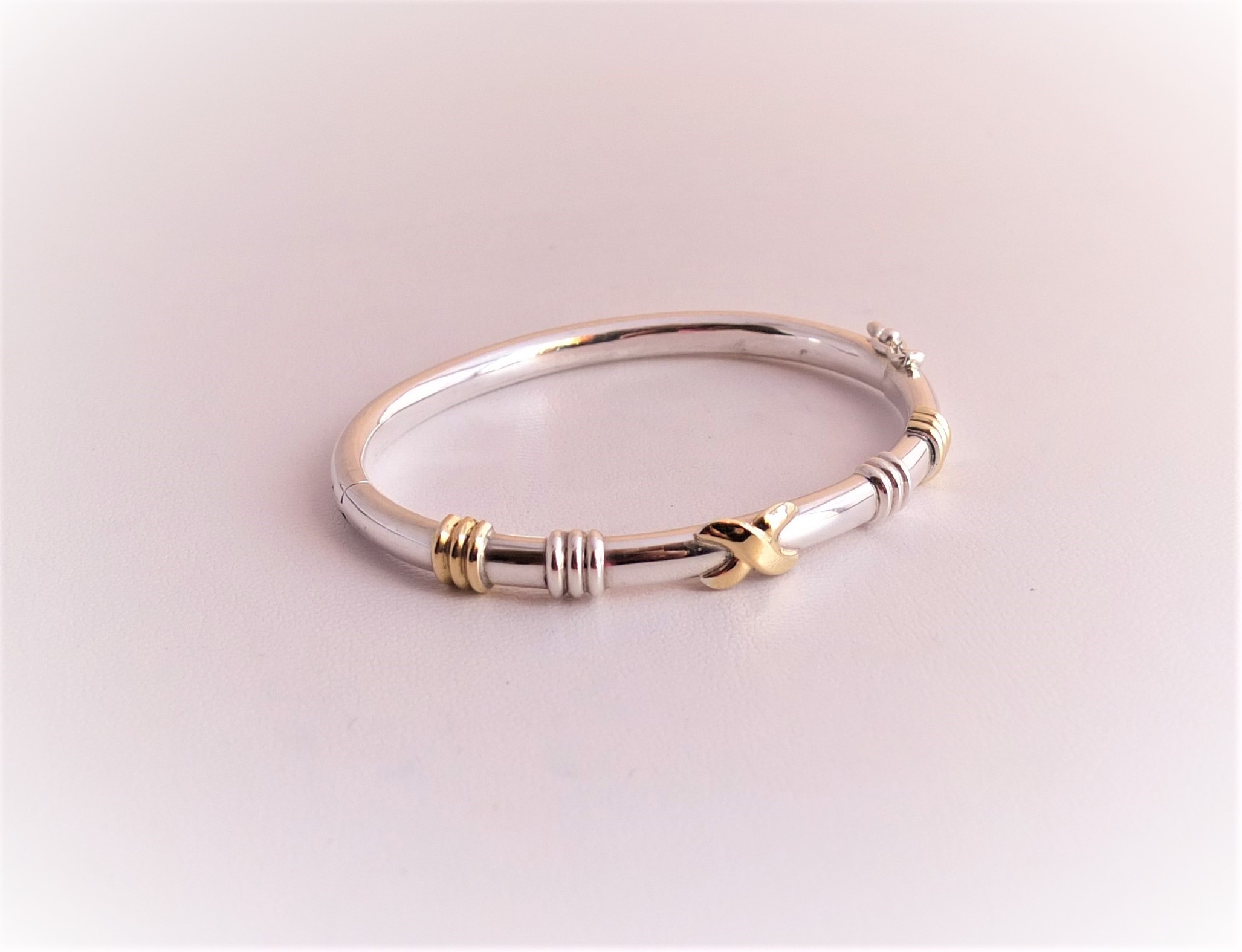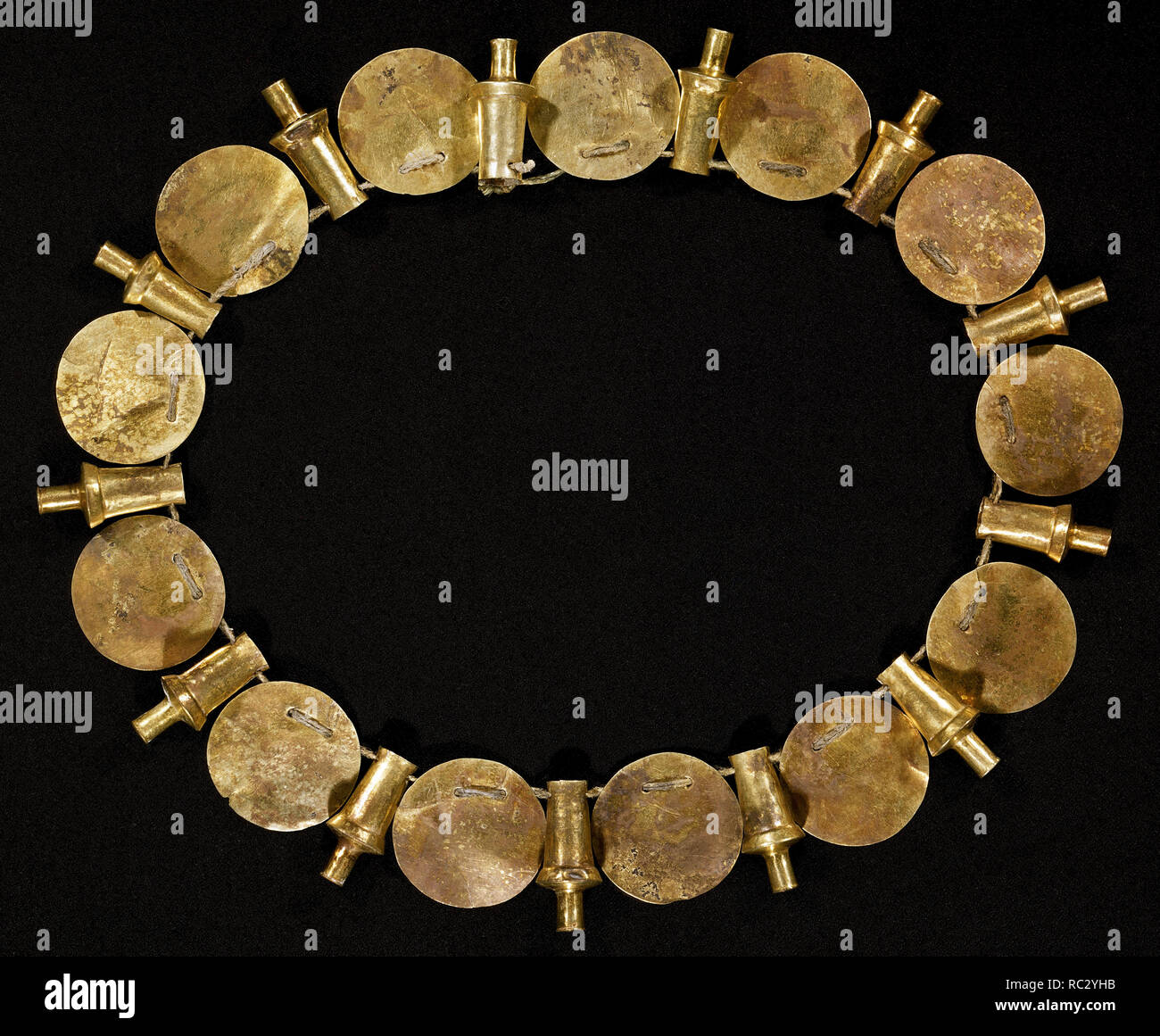Hey there, prospecting enthusiasts! If you've ever dreamed of striking it rich by panning for gold, you're in the right place. Today, we're diving deep into the world of gold pans, uncovering their secrets, and sharing expert tips that’ll make you a pro in no time. So, grab your pan and let's get started on this golden journey!
Gold pans, or "puñeras de oro" as they're known in some parts of the world, have been around for centuries. These simple yet effective tools have helped countless prospectors find fortunes in rivers and streams. But here's the thing—there's more to panning than just swirling dirt and water around. It's an art form that requires skill, patience, and a bit of luck.
In this article, we'll break down everything you need to know about gold pans, from their history to the best techniques for finding those elusive nuggets. Whether you're a seasoned prospector or just starting out, this guide will give you the knowledge and confidence to succeed in the world of gold prospecting.
Read also:Mom And The Kid Cctv Video Oculto Where Can I Watch It
Here's a quick look at what we'll cover:
- What are gold pans and why are they so important?
- History of gold pans and their role in mining.
- Types of gold pans and their features.
- How to use a gold pan effectively.
- Where to find gold and tips for successful panning.
- Maintenance and care for your gold pan.
What Are Gold Pans?
Gold pans are shallow, wide containers designed specifically for separating gold from other materials. They come in various sizes and materials, but their primary function remains the same: to help prospectors sift through gravel and dirt to uncover precious gold flakes and nuggets. The beauty of gold pans lies in their simplicity—they require no electricity, no complex machinery, just good old-fashioned elbow grease.
Why Are Gold Pans Essential?
Gold pans are essential because they're portable, affordable, and incredibly effective. Unlike heavy mining equipment, you can take a gold pan anywhere, making it the perfect tool for amateur prospectors and professionals alike. Plus, they're great for beginners who want to learn the basics of gold prospecting without breaking the bank.
The Fascinating History of Gold Pans
Gold pans have been used for thousands of years, dating back to ancient civilizations like the Egyptians and Romans. Back in the day, prospectors would use simple wooden bowls or even their hands to separate gold from sediment. Fast forward to the California Gold Rush in the mid-1800s, and gold pans became the go-to tool for fortune seekers. Miners would spend hours crouched by rivers, swirling water and dirt in search of the next big strike.
How Gold Pans Revolutionized Mining
Gold pans revolutionized mining by making it accessible to anyone with a bit of determination. Unlike large-scale mining operations that required significant investment, gold pans allowed individuals to prospect on their own terms. This democratization of gold mining led to some of the most famous gold rushes in history, including the Klondike Gold Rush in Canada and the Victorian Gold Rush in Australia.
Types of Gold Pans
When it comes to gold pans, you've got options. Here's a breakdown of the most common types:
Read also:Nba Reverses Tatum Decision The Shocking Turnaround Thatrsquos Got Everyone Talking
- Plastic Gold Pans: Lightweight and durable, plastic pans are perfect for beginners. They come in a variety of colors, which can help with visibility when panning.
- Steel Gold Pans: Traditional and sturdy, steel pans are ideal for heavy-duty use. They're also great for cold weather conditions since they don't crack like plastic.
- Aluminum Gold Pans: Lightweight and rust-resistant, aluminum pans are a popular choice for those who want the durability of metal without the weight.
Key Features to Look for in a Gold Pan
When choosing a gold pan, consider the following features:
- Ribbed surface for better separation.
- Ergonomic design for comfort during long sessions.
- Size and weight appropriate for your needs.
How to Use a Gold Pan
Using a gold pan is easier than you might think. Here's a step-by-step guide to help you get started:
- Fill your pan about halfway with gravel from a promising location.
- Add water to the pan and swirl it gently, allowing the lighter materials to wash away.
- Gradually tilt the pan and shake it side to side, keeping the heavier gold particles at the bottom.
- Repeat the process until you're left with only the heaviest materials, including gold flakes and nuggets.
Pro tip: Patience is key! Don't rush the process—take your time to ensure you're not losing any gold.
Tips for Effective Gold Panning
Here are a few tips to help you become a gold-panning master:
- Always pan downstream to avoid losing gold.
- Use a snuffer bottle to collect small gold flakes.
- Practice, practice, practice—experience is the best teacher.
Where to Find Gold
Gold can be found in various locations, but some spots are more promising than others. Here are a few places to consider:
- Mountain streams and rivers.
- Old mining sites.
- Desert washes and dry creek beds.
Remember, gold tends to settle in low-lying areas where water flow slows down, so focus your efforts on those spots.
How to Identify Promising Locations
When scouting for gold, look for signs such as:
- Black sand deposits, which often indicate the presence of gold.
- Exposed bedrock with visible gold veins.
- Historical mining activity in the area.
Maintenance and Care for Your Gold Pan
Taking care of your gold pan is essential for longevity and performance. Here's how to keep it in tip-top shape:
- Clean your pan after each use to prevent buildup.
- Store it in a dry place to avoid rust (if using a steel pan).
- Inspect for wear and tear regularly, especially if using a plastic pan.
Common Issues and Solutions
Here are a few common issues you might encounter with your gold pan and how to fix them:
- Cracks or breaks: Replace the pan if it's severely damaged.
- Reduced effectiveness: Clean the pan thoroughly to remove debris.
Conclusion
Gold pans are more than just tools—they're symbols of adventure, discovery, and the pursuit of wealth. By mastering the art of panning, you'll not only increase your chances of finding gold but also gain a deeper appreciation for the history and culture of mining.
So, what are you waiting for? Grab your gold pan, head to the nearest stream, and start your journey toward uncovering hidden treasures. And don't forget to share your experiences and findings with fellow prospectors—after all, the gold rush spirit is all about community and camaraderie.
Got questions or tips of your own? Drop them in the comments below, and let's keep the conversation going. Happy panning, and may your pan always be heavy with gold!


